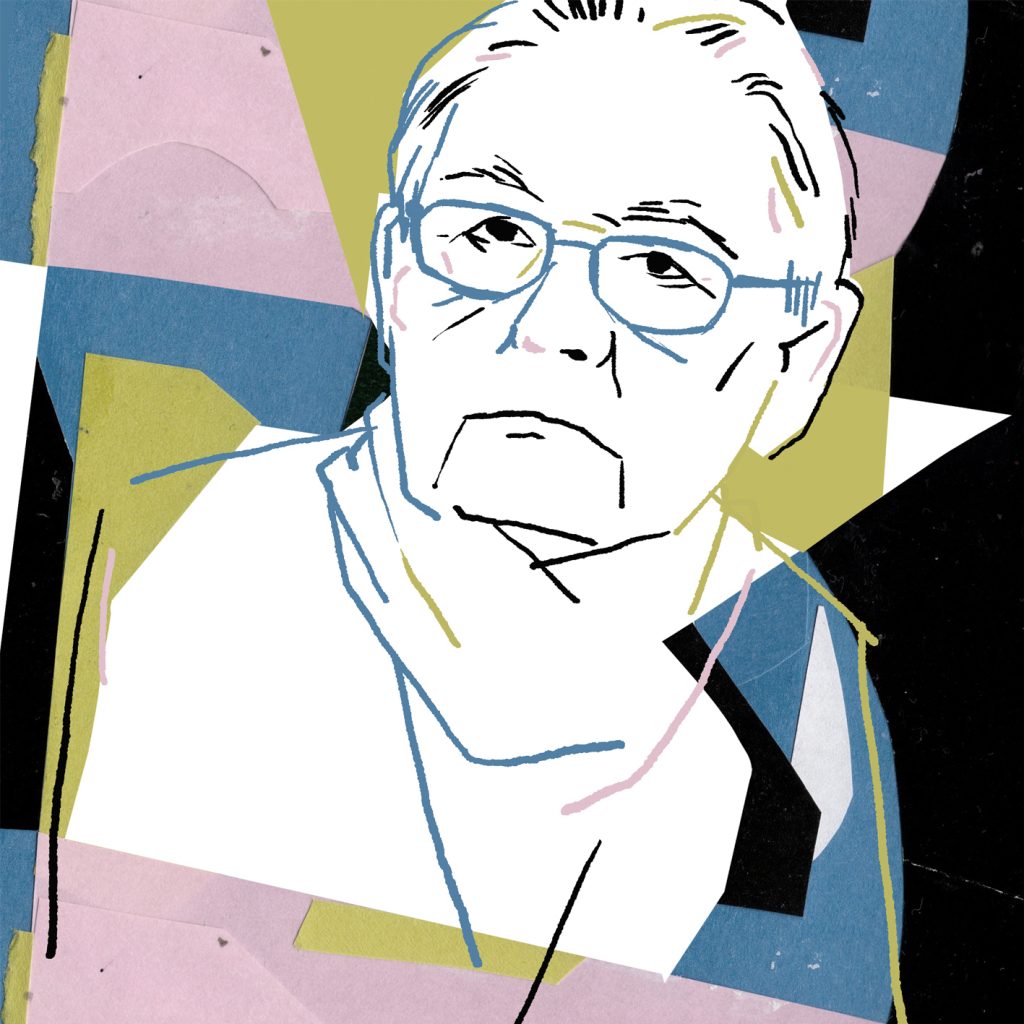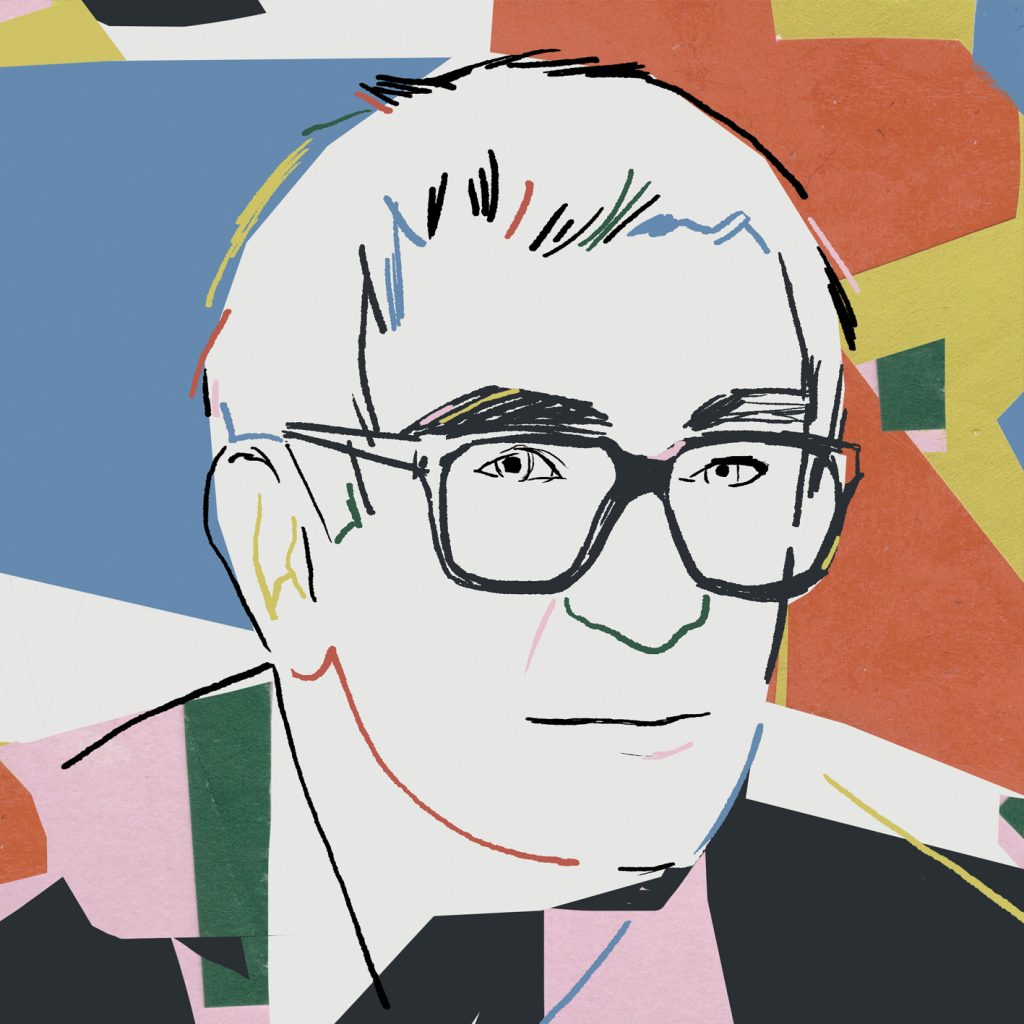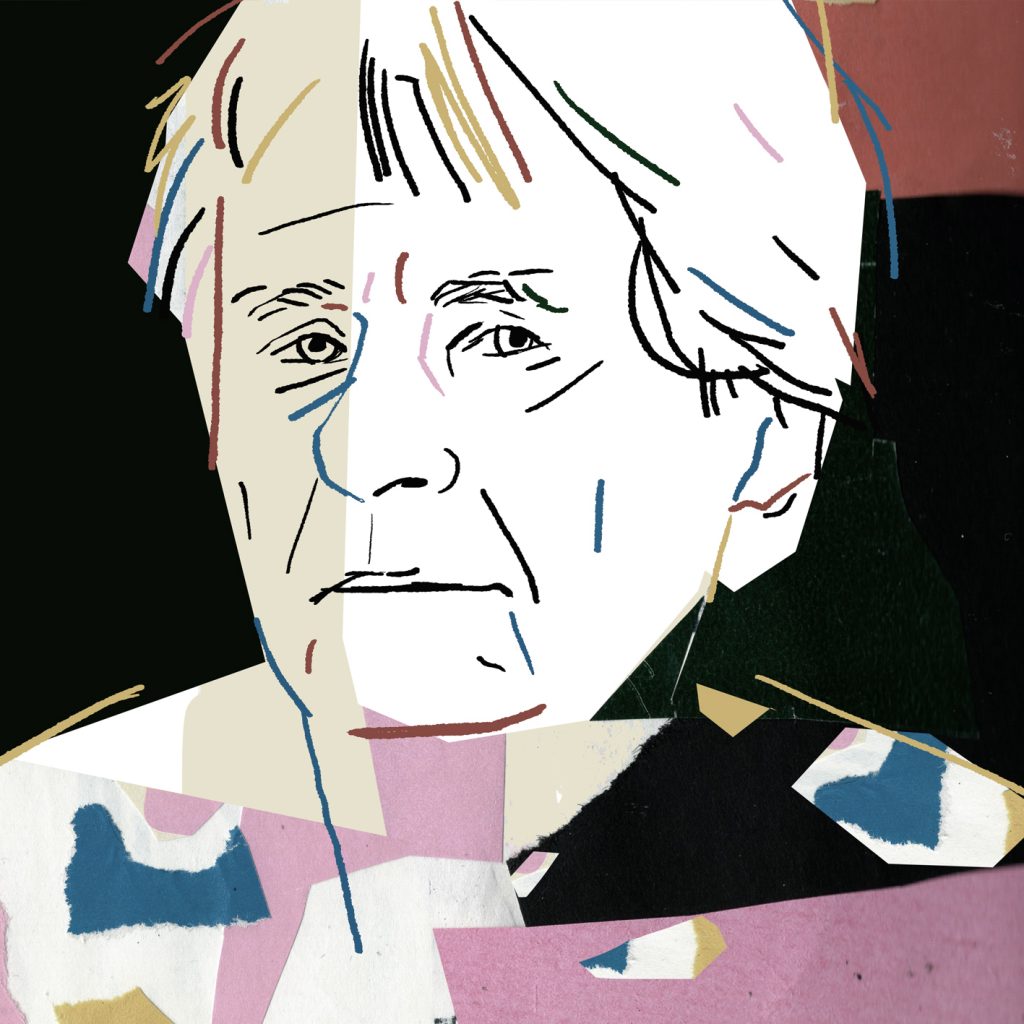
ANDRZEJ WAJDA 1926 – 2016
ASHES AND DIAMONDS 1958
97 minutes
„(…) when I face a challenge, I turn to my former experiences as a painter rather than looking for analogies in the history of the cinema. This must come from my subconsciousness.“
When the director started adapting the copious novel by Jerzy Andrzejewski for the screen, the first thing he did was to single out the story of Maciek Chełmicki.
Then, he employed cinematic techniques to lighten the narrative’s literary load. Drawing much of his inspiration from Italian and American cinema, the director believed that cinema does not have to follow literature or reality blindly. Instead, it should focus on visual shortcuts and powerful symbols. These techniques allowed him to tell a universal story about the tragic life of an individual as a victim of the historical processes. The lead actor, Zbigniew Cybulski, who acted wearing his everyday clothes, created an iconic figure of ‚a lost hero‘.
Wajda has been well known for his sensitivity to visual expression. Initially, the director was planning to become a painter. Convinced about his own shortcomings, he decided to pursue a career in the field of the cinema instead. His artistic road was close to that of Stanisław Wyspiański. On the one hand he was rooted in the romantic tradition, and on the other he was engaged in a constant dispute with it. In his later films, Wajda drew inspiration from Polish history and literary masterpieces, or creatively adapted the then current political, social, and cultural events to create contemporary mythology. As a result, he was regarded as a prophet figure. Thanks to his versatile interests as well as openness to the latest trends and ideas of his younger co-workers, Wajda’s cinema hasn’t lost any of its relevance and has reinvented itself over and over again.
The film about Maciek Chełmicki brought the Polish cinema to the world’s attention. Wajda’s work won critical acclaim in Europe, the US, and Japan. Considered as a ‚directors’ director‘, Wajda has been particularly appreciated by other filmmakers, which has been demonstrated by his four Oscar nominations and the Oscar statuette for his lifetime achievements awarded in 2000.
Illustrated by KAROLINA LUBASZKO

KRZYSZTOF KIEŚLOWSKI 1941 – 1996
THE DECALOGUE 1988 – 1989
a series of ten television films, each episode is approx. 55 minutes
„Nobody is born a mean person. It’s the struggle with everyday hardships that changes people for the worse (…) In this way people, who have never been inherently evil, take actions that they themselves are ashamed of.“
The 1980s were a particularly difficult period for Kieślowski. First, his mother died, then his film Blind Chance was banned from cinemas. With martial law declared in Poland, the idea of Solidarity came to nothing. Kieślowski’s film No End, which depicted the movement, came in for a lot of criticism. The director found himself at a crossroads. In his search for a new perspective, Kieślowski wanted to show that in communist Poland people do have private lives and are not defined only by politics. The idea of the Decalogue came from Kieślowski’s co-screenwriter, a lawyer by profession, Krzysztof Piesiewicz. Together they wrote ten stories of universal dilemmas set in the concrete jungle of bleak apartment buildings.
The road to the success that the Decalogue brought was filled with twists and turns. Kieślowski made a name for himself first as an outstanding director of documentary films, and next in feature films that presented social problems and were filled with political allusions. Gradually, Kieślowski’s interest in politics diminished. He felt that the “objective” representation of reality serves only as a shield behind which real life happens. One needs to look “in depth rather than breadth”. At that time the director started experimenting with new forms of artistic expression. Fascinated with the variance of human life, the subtle play between blind chance and destiny, the director focused on inner experiences.
The international success of the Decalogue brought Kieślowski’s career into spotlight. His later films were all made in France. Kieślowski won the Venice film festival and received an Oscar nomination. His unique filming style has had a long influence on world cinema until this day.
Illustrated by KAROLINA LUBASZKO

AGNIESZKA HOLLAND 1948
EUROPA, EUROPA 1990
112 minutes
„My job as a director is quite distinct (..) you need to be both creative to have a vision of your work and strong to force it onto people and manipulate them to some extent.“
The film tells a true story of a young Jewish boy who, posing as a German, joins Hitlerjugend. The director took to the project instantly as it evoked her personal experiences. With its hopeful but bitter ending, the film perfectly exemplifies Holland’s unique filming style, which combines naturalism and grotesque. The dynamic narrative and substantial visual effects contributed to the spectacular success the film achieved in the USA. In 1991 Agnieszka Holland was awarded the Golden Globe for the best foreign film.
Holland was born into a Polish-Jewish family ideologically engaged in the communist movement. Her father died during a search ordered after he had passed confidential information to a western journalist. Holland left Poland to study in Prague, where she was incarcerated for a short time for political dissent. After returning to Poland, the director cooperated closely with Andrzej Wajda, who facilitated the development of her artistic career by protecting her against the systemic repercussions. The director is said to have a considerable influence on Wajda’s legendary film The Man of Marble (1976), whose main character shares a lot more with Holland than her first name. When her career as a film director took off, Holland became the main representative of the movement known as the Cinema of Moral Unrest.
When the state of emergency was declared in Poland in 1981, Holland was abroad and decided to move first to France, and later to the USA, where she worked with Hollywood stars (Ed Harris, Leonardo DiCaprio). Holland also made a name for herself as a successful TV director of such outstanding drama series as The Wire and the House of Cards. Today she lives in Brittany, France. Apart from her artistic projects, Agnieszka Holland has been active in many other fields. She is a public figure, an intellectual, and an activist engaged in social and political campaigns.
Illustrated by KAROLINA LUBASZKO

ROMAN POLAŃSKI 1933
THE PIANIST 2002
150 minutes
„If I were to choose one roll film to be put on my grave, I would like it to be The Pianist.“
The story is based on the memoirs of Władysław Szpilman, a young Polish pianist of Jewish origins, who is fighting for survival in the middle of Nazi occupied Warsaw. Polański and Szpilman had similar war experiences. They both ended up in a ghetto (in Kraków), miraculously escaped the transport to a death camp, and survived on the Aryan side of the city with the help of Polish families. No wonder the director drew on his first-hand experiences while making the film. The Pianist gave rise to controversies. The film won wide critical acclaim in the USA and sparked off an intense debate in France and Poland. The Pianist won numerous awards including three Oscars and the Golden Palm in Cannes.
Roman Polański was born in Paris into a family of Polish Jews. In 1937 his family moved to Kraków. During the war he managed to escape from the ghetto and went into hiding. Of all his family members transported to the death camps, only his father survived. Polański made his debut in 1948 as a theatre actor, and before long a film actor. He was a student of directing at the Film School in Łódź.
Polański’s early films quickly attracted the critics’ attention in Poland and abroad. The success, and at the same time adverse reactions of the Polish government (the Oscar-nominated Knife in the Water was harshly criticised by Gomułka himself), propelled the director’s decision to emigrate. His career was gaining momentum rapidly. He made films in France, England, and finally Hollywood. In 1969 a tragedy struck when his eight-months pregnant wife, Sharon Tate, was murdered by Charles Manson and his followers. Nine years after the events Polański was charged with raping a thirteen-year-old. He served part of the sentence and escaped to France doubting the American justice system. No other Polish filmmaker has achieved such a remarkable success as Polański. His now legendary films went down in the history of the world’s cinema: Repulsion starring the 22-year-old Catherine Deneuve; Rosemary’s Baby, considered an all-time horror, or the outstanding Chinatown starring Jack Nicholson, winner of Oscar nominations in 11 categories.
Illustrated by KAROLINA LUBASZKO
